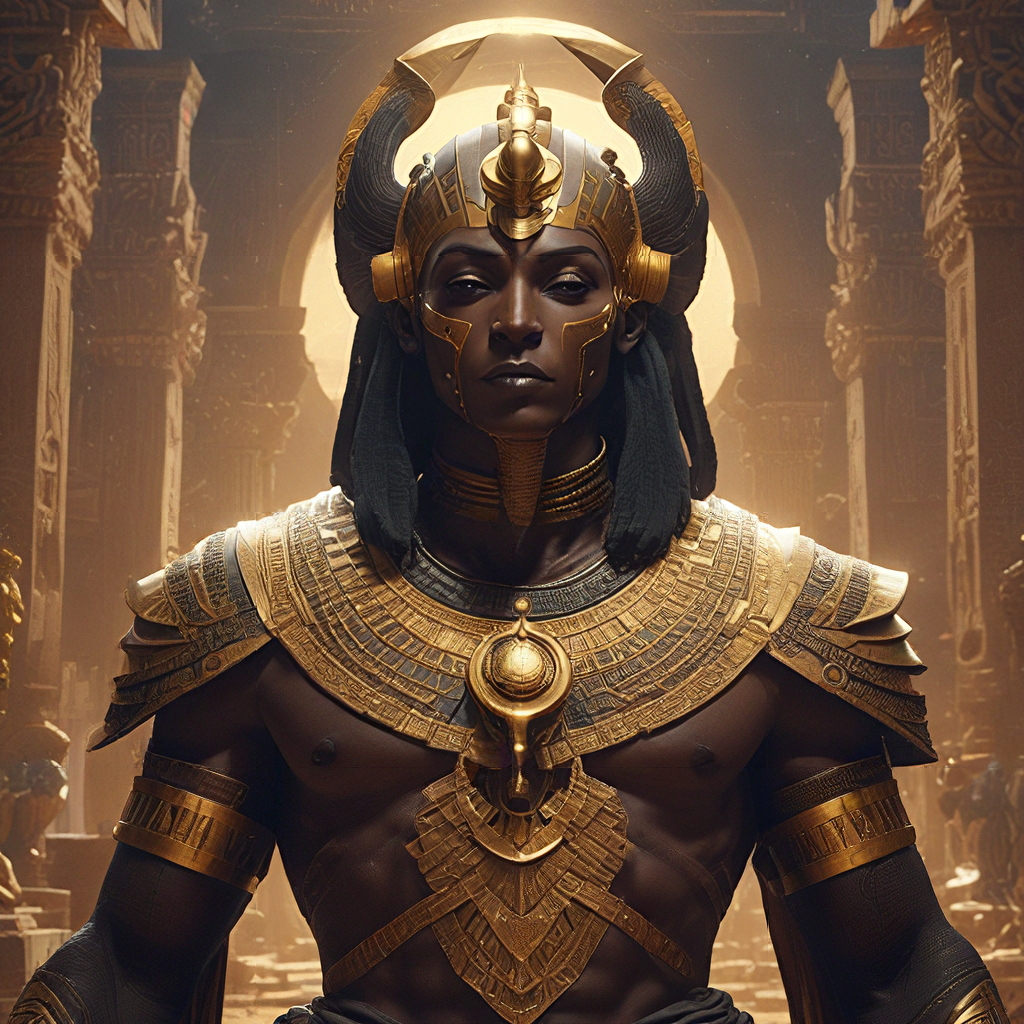The Weighing of the Heart: An Introduction
In the ancient Egyptian belief system, death was not the end. It was a transition to the afterlife, a journey into the mysterious realm known as the Duat. The Egyptians believed that the soul, or “Ka,” continued to exist after death, and it was the fate of this soul that was determined through a judgment process known as the Weighing of the Heart. This ceremony was a crucial part of their funerary rituals, and it was believed to decide the soul’s eternal destiny.
Death and the Afterlife in Ancient Egypt
Ancient Egyptians held deep reverence for the afterlife. They believed in a complex system of deities and rituals designed to ensure the deceased’s successful passage to the other side. At the heart of this belief system was the god Osiris, who was responsible for judging the dead. The Egyptians believed that after death, the soul would embark on a perilous journey through the underworld, where it would face numerous trials and obstacles before reaching the Hall of Maat, where it would be judged by Osiris.
The Journey to the Underworld
When an Egyptian died, their body was carefully prepared for the afterlife. It was mummified, preserving the physical form, and buried with precious amulets and treasures. The soul, in the form of a spirit called a “Ba,” began its journey through the Duat, an underworld filled with treacherous landscapes and menacing creatures. The soul would encounter various obstacles and trials, guided by the god Anubis, the protector of the dead. They would face the terrors of the underworld, confronting mythical beasts and overcoming challenges that tested their courage, wisdom, and devotion.
Meeting Osiris: The Judge of the Dead
After navigating the challenges of the Duat, the soul would finally arrive at the Hall of Maat, where it would be judged by Osiris, the god of the underworld. Osiris, depicted as a powerful and benevolent ruler, presided over the judgment ceremony, assisted by the goddess Ma’at, who embodied truth, justice, and cosmic order. The soul would stand before Osiris, and its heart would be weighed against the Feather of Ma’at, a symbol of truth and balance.
The Weighing Ceremony: Balancing the Scales
The Weighing of the Heart was a crucial part of the judgment ceremony. The soul’s heart was carefully removed from the body during the mummification process. This heart was believed to hold the essence of the person’s deeds and actions during their lifetime. The heart was placed on one side of a scale, while the Feather of Ma’at was placed on the other side. If the heart weighed less than or equal to the feather, the soul would be declared pure and allowed to enter the afterlife in peace.
The Heart of Truth: Weighing Against the Feather of Ma’at
The Feather of Ma’at represented the ideal of truth, justice, and balance. It was a symbol of cosmic order and the ethical standards that the Egyptians held dear. The soul’s heart, on the other hand, reflected the actions and deeds of the individual during their lifetime. If the heart was heavy with negative actions like greed, violence, or deceit, it would weigh down the scale, indicating a life of imbalance and injustice.
The Consequences of Judgment
The outcome of the Weighing of the Heart would determine the soul’s fate in the afterlife. If the heart was found pure, the soul was allowed to enter the Field of Reeds, a paradise where they could enjoy eternal life and peace. However, if the heart was deemed too heavy with sin, a monster known as Ammit, a creature with the head of a crocodile, the body of a lion, and the hindquarters of a hippopotamus, would devour the heart. The soul would be condemned to a state of nothingness, denied entry to the afterlife.
The Am-Duat: Passage to Eternity
The Am-Duat, commonly translated as “the Hidden Place,” was an important concept in ancient Egyptian mythology. It was a vast and complex underworld, a realm of shadow and mystery. This underworld was a metaphorical landscape, representing the journey that the soul had to undertake after death. It was a realm filled with dangers and challenges and was visualized as a series of dark chambers and passageways, each filled with terrifying creatures and gods.
The Role of Anubis and Thoth
Anubis and Thoth played vital roles in the Weighing of the Heart ceremony. Anubis, usually depicted as a jackal-headed god, was the protector of the dead and the guide of souls through the underworld. He was responsible for preparing the body for mummification, leading the soul through the Am-Duat, and presenting the heart before Osiris for judgment. Thoth, the god of wisdom and knowledge, was responsible for recording the judgment and ensuring the fairness of the Weighing of the Heart. He used his magical powers to weigh the heart against the Feather of Ma’at, and his judgment was considered final.
The Significance of the Weighing of the Heart
The Weighing of the Heart was more than just a ritual practice. It was a powerful metaphor for the importance of living a virtuous life, guided by the principles of Ma’at. It served as a reminder to the living about the consequences of their actions and the need to strive for balance and righteousness. This ceremony reflected the ancient Egyptian belief in the importance of karma and the idea that every individual would be held accountable for their actions. The Weighing of the Heart embodied their belief in the eternal cycle of life and death, where even after death, justice would prevail, and the soul would face the consequences of its deeds.




